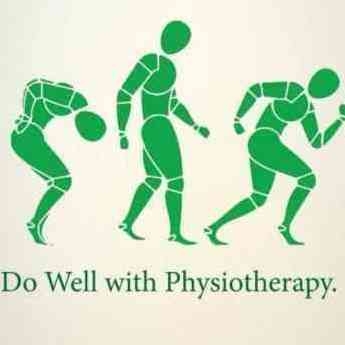+918042754929

This is your website preview.
Currently it only shows your basic business info. Start adding relevant business details such as description, images and products or services to gain your customers attention by using Boost 360 android app / iOS App / web portal.
Causes of plantar fasciitis (PF)? Research: Th...
Causes of plantar fasciitis (PF)? Research: The different risk factors for PF. 1) 5 Intrinsic factors included age, gender, body weight, heel spurs, nerve entrapment, systemic disease, biomechanical dysfunction, and genetics. 2) Extrinsic factors included footwear, sport, lifestyle, foot/ankle/leg deformities, and occupation. Let's talk about each of them! - Age: there is a body of literature on the association of PF with increasing age. Age-related degenerative changes may cause a decrease in elasticity and in shock- absorbing capabilities, resulting in plantar fascia being more prone to injury. Older athletes seem to suffer from PF more often than younger athletes. - Gender: there is no apparent difference in prevalence between women and men. - Body weight: Overweight patients have a 1.4- fold increased probability of suffering from chronic PF. - Heel spurs: Calcaneal spurs are apparently formed at the origin of the flexor digitorum brevis muscle and not at the proximal insertion of the plantar fascia. There is insufficient evidence to confirm an association between the presence of a co-existing calcaneal spur and PF. +++++According to a recent study, neither the shape nor size of the spur has a correlation with function or pain before or after treatment. - Nerve entrapment: nerve entrapments, especially Baxter’s nerve, may be another risk factor for the development of pain that simulates PF. Although a different condition, nerve entrapment can co-exist with PF. Sensory disturbance and radiation of pain is indicative of this condition, which should be suspected when PF does not resolve after surgery. - Systemic disease: Spondyloarthropathy should be ruled out in patients who are younger than the typical age of pres- entation of PF and who present with bilateral heel pain. - Genetics: Genetics may play a role in the progressive contracture of connective tissue. Genetics interacting with other predisposing factors may explain why an individual person is more prone to muscle contractures causing recurrent tendon problems in one location. - Lifestyle/occupation: Recreational running, military activities, and Irish dancing have been found to be related to PF. Although a significant association between PF and time spent standing at work has been found. Another study considering prolonged weight-bearing as a risk factor found low-quality evidence of an association between weight-bearing tasks and PF. - Biomechanical dysfunction: Foot/ankle/leg deformities and biomechanical dysfunction may be the underlying cause of recalcitrant PF. Some authors believe that the real association of each of the previous intrinsic and extrinsic factors is the presence of a " tight gastrocnemius". Most risk factors reviewed may be linked to increasing the degree/ rate of an already underlying tight gastrocnemius.

